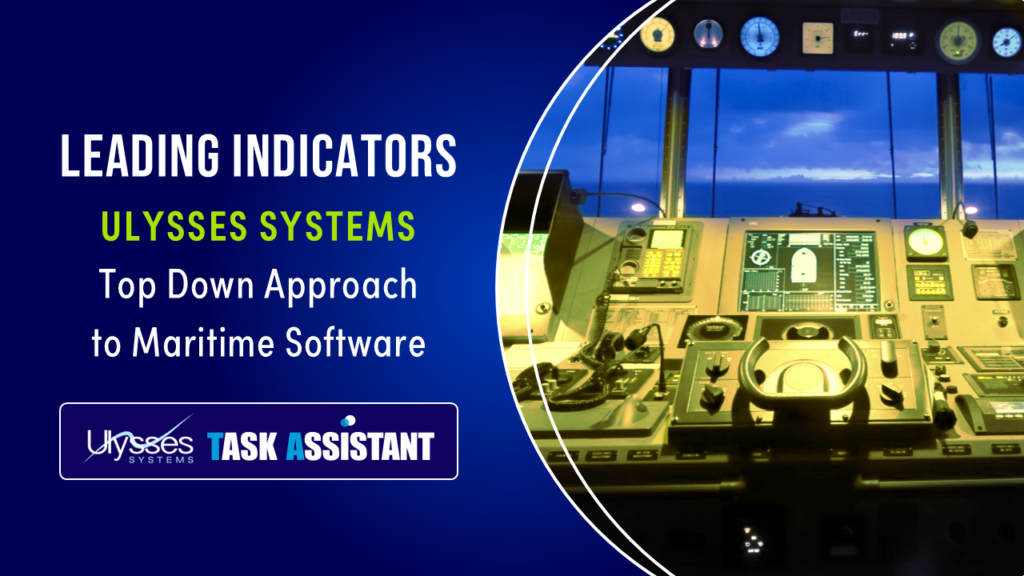
The Top Down Approach To Maritime Software
In this brief exposé we emphasise the top down approach to maritime software is and discuss what it entails. Most likely, it will especially interest the high-level decision makers in the maritime enterprise. We first address the nature of maritime software so far historically and highlight the problems. And continue with the top down approach of software systems like Ulysses Systems.
Maritime software up to now
Up to now, most maritime software is essentially a computerised system assisting transactions. Transaction software is very useful for handling the detail that people forget. However software system have problems in the area of situational awareness.
Computers do not understand how the world works
Situational awareness is missing because computers do not understand how the world works. Computers do many things better than humans do but not the part of understanding the world.
However, we can teach them more about the world and the processes, which people in the maritime industry perform, by adding more related attributes and logic. But this is hard to do. That is, it is hard to retroactively add logic and attributes that contextualize real world situations, unless the software allows for retroactively adding attributes.
And by the time we have included the necessary details that provide situational awareness to the software, the software has become complex and difficult to evolve.
Top Down Approach To Software
We offer you a unique top down approach to software that focuses on supporting decisions with coinciding events that corroborate them. One that supports your high level corporate decisions which are all about situational awareness. After all, you are the expert, so naturally, you base your judgement on the bigger picture!
As a result, a top down approach immediately provides decision making support and as a by-product of this provides the necessary situational logic to make your transactional software situationally aware. For example:
- What could cause the ship to miss its cancelling?
- What could go wrong with the load discharge co-ordination between ship and terminal?
- What imminent event could lead to a technical breakdown?
- What costly crew changes could come up soon?
- What deficiencies and remedial actions are in danger of becoming overdue for audit?
- Showing where there are weaknesses in the preparation for the next SIRE audit.
Software that provides early warnings
In all the examples mentioned, significant costs can be saved by the software providing early warnings.
Furthermore, the additional attributes needed to monitor coinciding events, for instance, what will cause the ship to miss cancelling, are the same attributes that enhance transactions. Such as the prioritisation of transactional processes in order to succeed in meeting your deadlines. Also, additional attributes and logic such as a link from crewing to vetting that monitor the accumulated risk of apparently minor events that could have high impact. And thereby offer you, for example, the flexibility to avoid an overdue and therefore costly crew change.
KPI’s are trailing indicators
Enterprises currently follow KPI’s, but KPI’s are trailing indicators. And following trailing indicators has low value compared to what is about to happen.
Leading indicators are, in fact, common sense predictions. However, when people attempt to predict without assistance, they need to apply immense focus to one amongst thousands of daily or routine issues. Whereas software has no problem scanning thousands of issues and is an ideal assistant, competently looking for important coinciding events while we are preoccupied with other matters.
